This post is sponsored by Bioderma.
As you might have seen on my Instagram (@labmuffinbeautyscience), I recently went with Bioderma to their headquarters in Aix-en-Provence in France to learn more about the brand and their products. I also got to tour their research and development labs and their manufacturing facilities.
As you probably already know, Bioderma are the brand behind the whole micellar water craze – their Sensibio H2O Micellar Water (formerly the Crealine H2O Micellar Water) was the first micellar water on the market, and is still a cult product amongst makeup artists and beauty lovers alike. They make some really fantastic products for sensitive skin (I’ve reviewed Bioderma Sensibio Cleansing Milk before), and their Cicabio Centella line is one of my favourites for healing chapped skin. Bioderma’s wipes, moisturiser and pore reducing treatment made it into my travel essentials, and they also have some very effective UVA-protective sunscreens, but unfortunately these aren’t available in Australia yet (their other products can be found in store at Priceline, online at Adore Beauty, and Chemist Warehouse also stocks their micellar water).
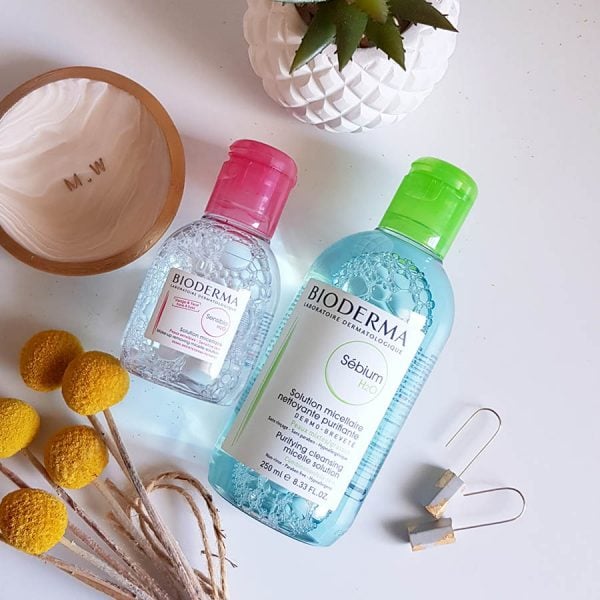
Related post: What is micellar water and how does it work?
The tour was a really eye-opening experience – I was really impressed with Bioderma’s dedication to science and evidence in so many aspects of their business, and I learned so much on the trip! Unfortunately I wasn’t allowed to take any photos or film any videos inside the labs and facilities (trade secrets and all that), but I took a ton of notes, which I thought I’d share to give you all an insight into the whole process of how your products go from an idea to your bathroom shelf.
To break up the text, I’m going to post official images along with some holiday photos. French cuisine lives up to the hype!
How Bioderma Products Are Developed
Bioderma is part of the NAOS group (which also includes Esthederm and Etat Pur, both of which are unfortunately not available in Australia yet).
NAOS’s philosophy is centred around ecobiology – they formulate their products to support the skin, and help it adapt to the environment. This means not overtreating the skin, and only using ingredients that are required, at the right dose. The aim is to give longlasting effects by restoring balance to the skin, increasing strength and tolerance, to help skin naturally heal and regenerate. Their dedication to well-tolerated products means there’s only one side effect reported per million products sold.
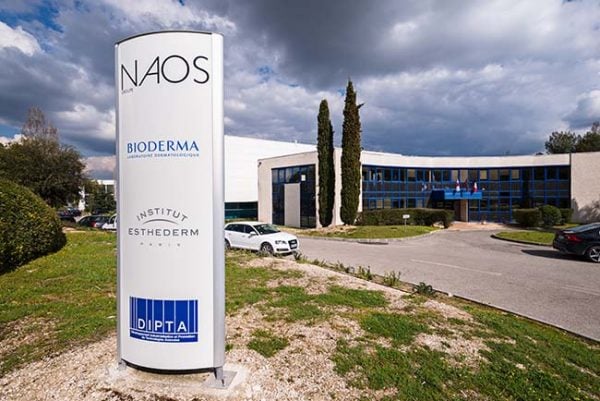
Biological Research
The start of the process begins with biological research to work out the levels of active ingredients required for a particular effect on the skin. NAOS works closely with experts and dermatologists, and universities and research institutes like Inserm, MedILS and CNRS at this stage (and lots of other stages in the process).
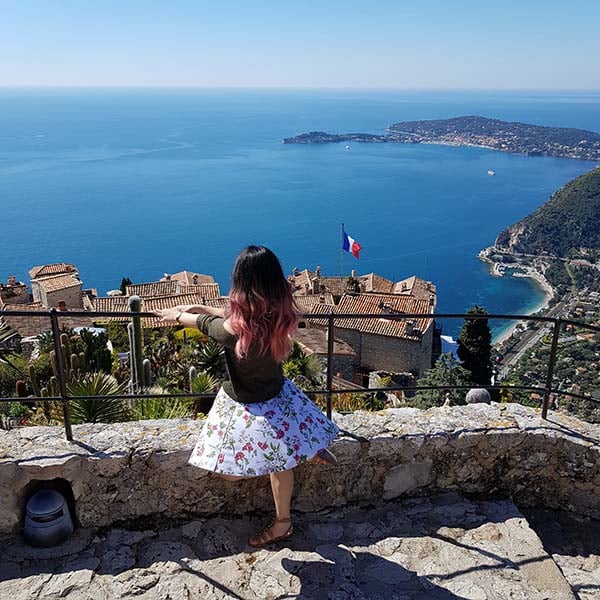
Formulation
Formulators then play around with different formulations, which are subjected to a range of sensory, stability and microbiological tests. Some of these tests include:
Packaging and formula compatibility tests: Some formulations will interact badly with certain packaging (think melted looking, stained bottles), and sometimes it’ll just be annoying to dispense.
High temperature and sun exposure tests: For example, one test replicates 2 months of sun exposure in 24 hours, to simulate what might happen to a formula that’s kept in a car.
In vitro SPF tests: Sunscreen is applied to a special plate designed to replicate human skin, to get an idea of the expected SPF before sending it off for in vivo clinical tests on human volunteers.
Pathogen challenge tests: 5 different pathogens are introduced to formulas to test how well the preservation system in the product works.
Tests on different scales: A formula can change massively depending on the scale at which it’s manufactured – it’s like like how a cupcake and a large cake made with the same recipe, baked in the same oven for the same amount of time will turn out different. That’s why tests are conducted with batches of the product made at increasingly larger scales (e.g. 200 g, 1 kg, 3 kg, 10 kg, 30 kg). Once the formula works at 30 kg, it’ll work at larger scales as well.
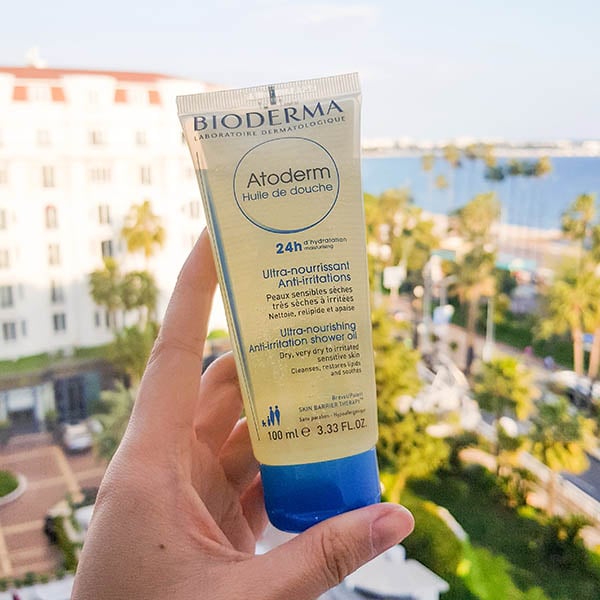
Clinical Testing
Bioderma’s finished formulas are also tested clinically with medical, dermatological and ophthalmological tests. Internal tests are conducted in CIREC in Lyon, while large scale external clinical tests are conducted to establish claims.
Bioderma like to test in the worst case scenarios – for example, the Photoderm range of high-protection sunscreens is tested in Brazil where a lot of different skin types are present, and on average people get higher sun exposure, while the Atoderm line (designed for dry skin) is tested in Poland where there are very cold winters.
A formula can take 18-36 months to develop.
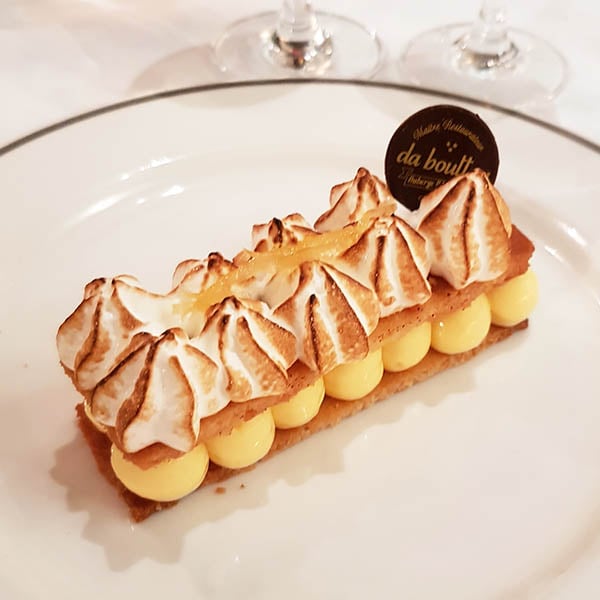
How Bioderma Products Are Manufactured
Once the formulation’s finalised, it’s time to manufacture the products and get them into our hot little hands. This part usually sounds a bit less Sexy Science, but in reality it’s still really fascinating, and it’s really cool to see the factory in action.
Raw Materials
Raw materials (the product ingredients) are purchased then tested by Bioderma before going into the manufacturing process.
Bioderma uses PPI (WFI) water in their products, which means it’s purified to the point where it’s suitable for injection. They produce the PPI water in their Aix-en-Provence facility, using a 10-step process that includes microfiltration, reverse osmosis filters, degassing and electrodeionisation. The purpose of this level of purification is that regular sterile water may not have a harmful level of bacteria, but bacterial endotoxins aren’t removed – these can be problematic for people with very sensitive skin.
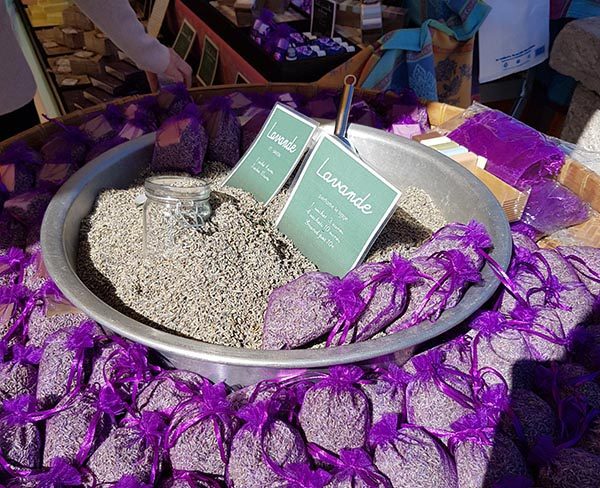
The manufacturing facility uses 6000 L of PPI water per hour – it’s used in Bioderma products as well as for cleaning the equipment in between batches of product. 1 L of water gets taken from a bunch of different points in the facility for monitoring each day.
Product Manufacture
There are a few different reactors that Bioderma uses for manufacturing their products.
- For emulsion products (most of the range), two reactors are used. These each have two tanks feeding into them – one for the aqueous phase and one for the oil phase. They’re mixed together at a high temperature, then the emulsion is allowed to cool to around 40 °C before heat-sensitive active ingredients are added. One batch of product takes 5-8 hours to produce, so 3-5 batches of product are made per day.
- Regular surfactant-based cleansers aren’t emulsions (they just contain ingredients dissolved in water, with no oil phase), so they’re made in a different tank.
After manufacturing, the product is transferred to 1 ton tanks. Samples are taken from the tanks, then left for one day and resampled to check the product’s stability before it’s packaged.
Micellar water has its own dedicated tank where it’s manufactured continuously, due to high demand. To make the micellar water, the actives are mixed to make a concentrate which is added to PPI water in a ratio of around 1:4. More than 150 bottles of micellar water are produced per minute, but Bioderma are building a new facility which can produce 250 bottles per minute. Bioderma currently have three different micellar water products (the original Sensibio H2O, Sebium H2O for acne-prone skin, and Hydrabio H2O for dehydrated skin), so there are three different concentrates that are used for producing these formulas.
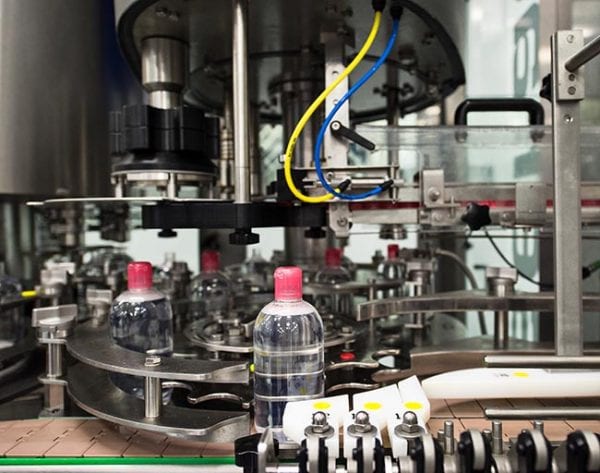
Interestingly, Bioderma makes batches of product per country, which makes everything more traceable if any reactions are reported.
Another interesting side note: The reason why Bioderma sunscreens aren’t yet available in Australia is because the TGA requires all registered therapeutic products to be manufactured in TGA-approved facilities, and the TGA hasn’t gone to inspect the Bioderma factory.
Packaging
This part is probably the most boring to describe, but the most hypnotising to watch. Check it out in the video below (you may need to disable ad-blocker to see it):
Monitoring
There’s a lot of quality control involved in ensuring that products meet high standards, and since Bioderma pride themselves on catering for sensitive skin, their monitoring is very stringent.
- Every hour, 10 bottles are taken for a microbiological test. Bioderma limits their products to 10 bacteria per mL or g (the regulated limit is 100 bacteria per mL or g), for baby products this is limited to 0 bacteria per mL or g.
- Every 20 minutes there’s also a visual and weight test.
I hope all this gives you an idea of how much goes into designing and manufacturing Bioderma’s science-backed products. I’ll be talking more about Bioderma’s new launches and explaining how to use micellar water soon!
You can also check out my previous reviews of Bioderma products here: Bioderma posts

Bioderma products can be purchased in Australia at Priceline, Adore Beauty and Chemist Warehouse.
This post is sponsored by Bioderma; however, the content is all based on my independent research and my honest experience. For more information, see Disclosure Policy.


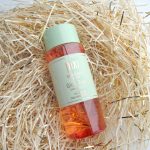
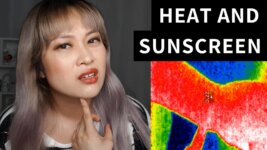
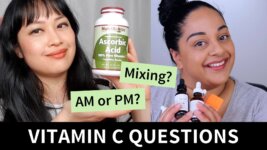
It’s really interesting and quite mind boggling actually seeing the actual process behind skincare products and manufacturing. Hope you had fun. 🙂
Wow, that’s a thoroughly process! It’s good to know they’re taking so much care to ensure the best quality.
Wow, their quality control though! It was neat to read how they operate. I like their stuff, and this just seals it LOL.
Wow this is super interesting! I especially like to know how much importance they give to Quality Control. Especially after seeing how certain products fail QC so spectacularly, it’s reassuring to know that Bioderma is very different.
Does alcohol damages your skin overtime? I read that it destroys your skin barrier that makes you look healthy and young. I use La Roche posay sunscreens which has alcohol denatured at second place in the ingredient list and I’m very concerned.
Fascinating read!
taking so much care to ensure the best quality.
Very interesting. I have studied pharmaceutical sciences and work in a pharmaceutical manufacture and I recognize almost all the steps and controls that you mentioned. So good to see that closely.
Very interesting. I have studied pharmaceutical sciences and work in a pharmaceutical manufacture and I recognize almost all the steps and controls that you mentioned. So good to see that closely.